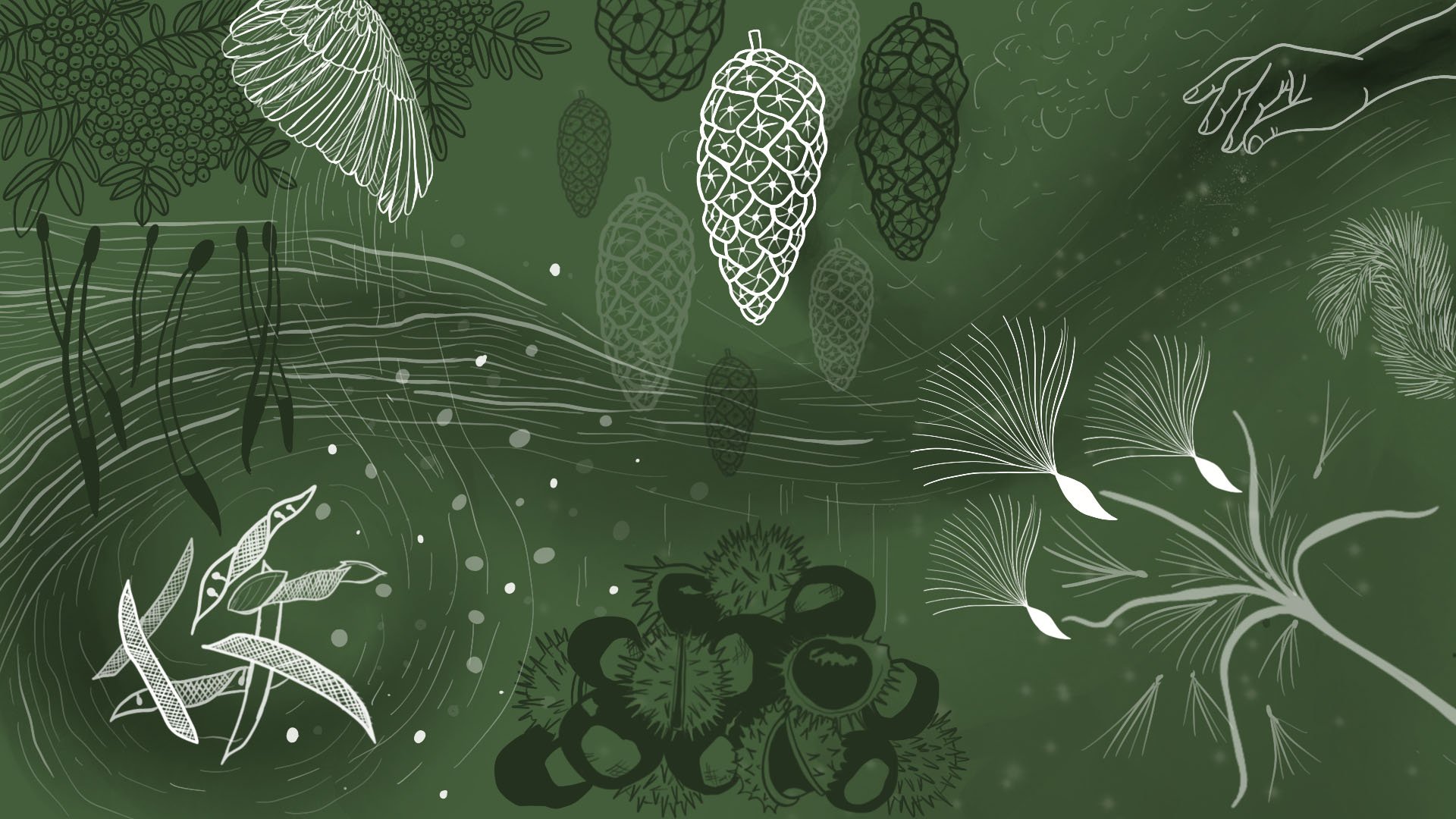

The stories we tell are woven with invisible threads.
Threads that connect histories, systems, geographies, cultures, and experiences. Among these threads are narratives, deeper, more penetrating ideas and themes that shape and are shaped by how we understand the world.
Healing Justice London builds the capacities, skills, and infrastructures we need to support community-centred health and healing — this includes finding ways to orient towards health, healing, and justice. This tool, designed to support strategic narrative practices, enables us to place a magnifying glass upon those threads and, for a moment, pause to explore their hidden, intangible parts. We expand, lay bare, and explore if the narrative rules we’re playing by serve our shared vision of abundant and accessible community health and healing.
We practise narrative strategy by interrogating the characters, conflicts, and levers of power that inform stories, possibilities, shared understandings, and so-called ‘common sense.’ As an organisation deeply concerned by health and healing, we’re focused on the ways that health and healing have been stripped from narratives around racial justice, disability justice, economic justice, mass-marginalisation, and dispossession.
Tool: Framework
Duration: ~ 30-120 mins
Contributor: Sarah Joynt-Bowe from Healing Justice London is a communications and narrative change strategist with over 15 years of experience developing dynamic, effective work for organisations in three countries and countless sectors. She is also an active community organiser working within anti-racist, abolitionist, and feminist social movements.
On This Page:
The Stories we tell are woven with invisible threads
The Tool
What is a story?
What is a narrative?
Explore an example of the Narrative Strategy Tool
Fill out your own Narrative Strategy Tool
Narrative
Unpack
Expand
Imagine
Additional Resources

The Tool
This tool is a cheat sheet – a means of building that muscle memory. With long-term use, the user builds a natural practice of interrogation, exploration, and imagination.
Narratives shape what we believe is possible or common sense. To practise collective imagination, we need to build the muscle to see the assumptions, power dynamics, and agendas that undergird the stories we tell.
Before we begin, let’s get clear on the following questions:
What is a story?
A story describes an event or sequence of events that include characters, conflict, and imagery. It has a beginning, middle and end.
What is a narrative?
Narratives are the ideas and themes that permeate collections of stories. The ideas can appear in any structure, and are articulated and refined repeatedly in a variety of stories and messages (see Narrative Initiative resource below).
This activity invites you to explore the narratives that shape your work area, expand your understanding and analysis of their impact, and imagine what stories are possible outside of the dominant narrative’s assumptions and limitations.
Now, explore the example below, and then fill out your own.

Explore an example of the Narrative Strategy Tool
Expand the sections below to explore the structure and questions of the narrative strategy tool, and read some example answers.
-
Think of a narrative that is central to your work area or practice.
If you're struggling to identify a narrative, think of a story that you see replayed over and over again. What narratives underpin that story?
Answer: We live in a meritocracy where anyone who works hard can get ahead
-
Who/what is centred in this narrative, who/what does this narrative leave out?
Answer: capital, privilege, existing power structures
people experiencing poverty, class politics, over individualised, structural inequality
Who benefits from this narrative?
Answer: power holders in society, conservative governments, people with generational power and wealth
Who is harmed by this narrative?
Answer: people facing structural inequalities, minoritised and racialised communities, migrants,
What stories reinforce this narrative?
Answer: pulling yourself up by your bootstraps, individual stories of success, entrepreneurship or 'beating the odds'
-
What do we imagine the community harmed or misrepresented by this narrative longs for?
Answer: manageable cost of living, safe, affordable, stable housing, opportunities for meaningful work, access to healthcare, youth services
What happens if the material needs of that community are met?
Answer: space to dream, be creative, and imagine, increased connection, stronger relationships
How does that shift the common sense or truths that narrative is built upon?
Answer: how can it be a meritocracy if the foundations aven't stable? hard work ic no match for structural inequalities
-
What other narratives are possible if we centre justice, safety, dignity or belonging for that community?
Answer: communities self-determine success, structural change benefits everyone, hard work can't match structural violence, there are specific people and institutions benefiting from inequality
What stories could we tell under this narrative umbrella?
Answer: stories that highlight the systems and structures place in the outcome, stories that highlight the hopes and dreams of communities, young people's visions for their communities.

Fill out your own Narrative Strategy Tool
Narrative
Think of a narrative that is central to your work area or practice.
If you're struggling to identify a narrative, think of a story that you see replayed over and over again. What narratives underpin that story?
Unpack
Who/what is centred in this narrative, who/what does this narrative leave out?
Who benefits from this narrative?
Who is harmed by this narrative?
What stories reinforce this narrative?
Expand
What do we imagine the community harmed or misrepresented by this narrative longs for?
What happens if the material needs of that community are met?
How does that shift the common sense or truths that narrative is built upon?
Imagine
What other narratives are possible if we centre justice, safety, dignity or belonging for that community?
What stories could we tell under this narrative umbrella?
The questions for the tool are listed below. You can also download a PDF of the narrative tool to print and fill out.











